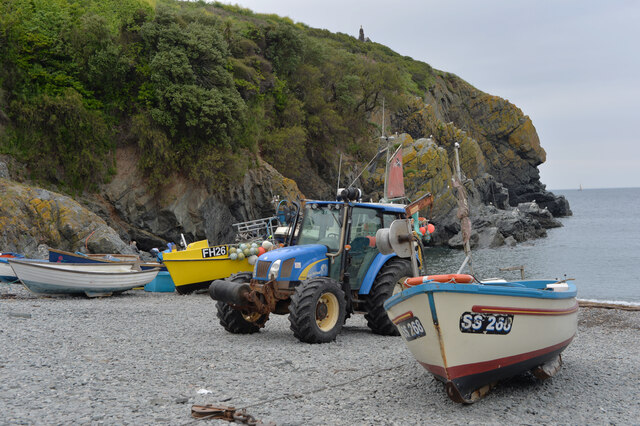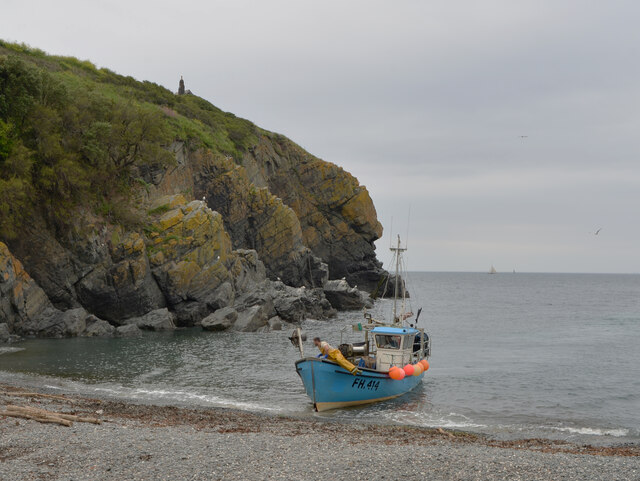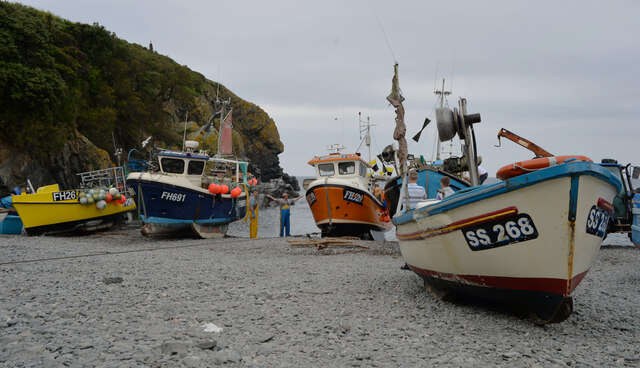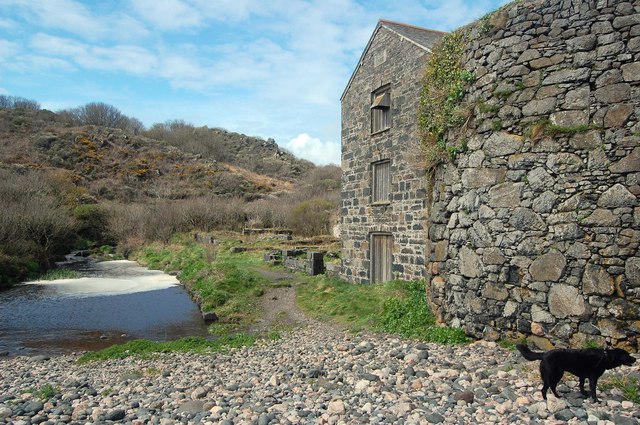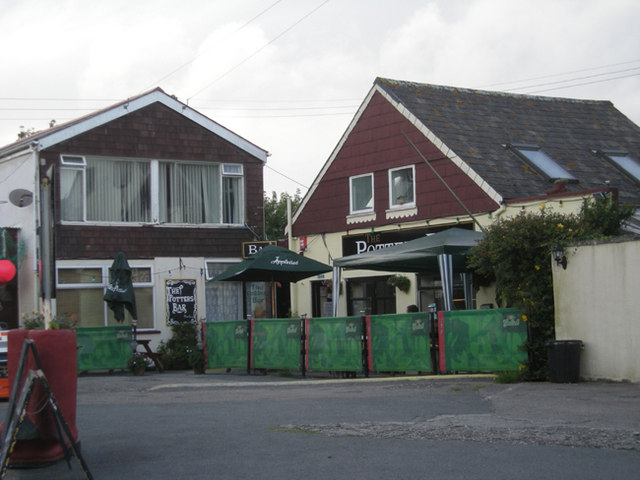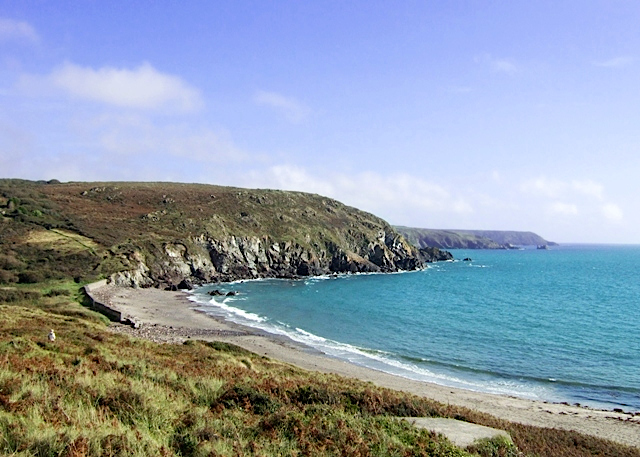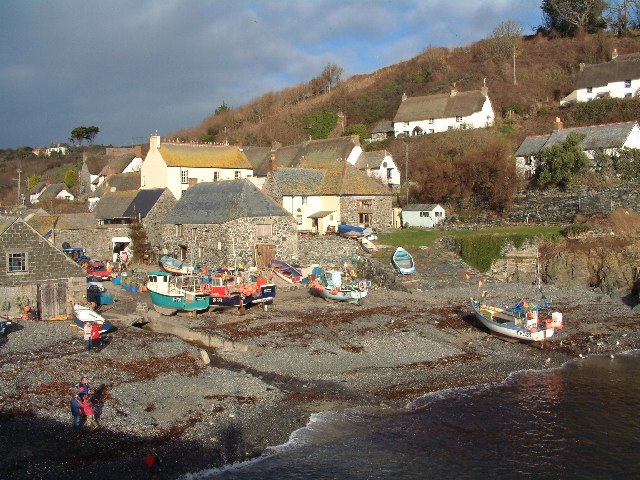Polbream Point
Coastal Marsh, Saltings in Cornwall
England
Polbream Point
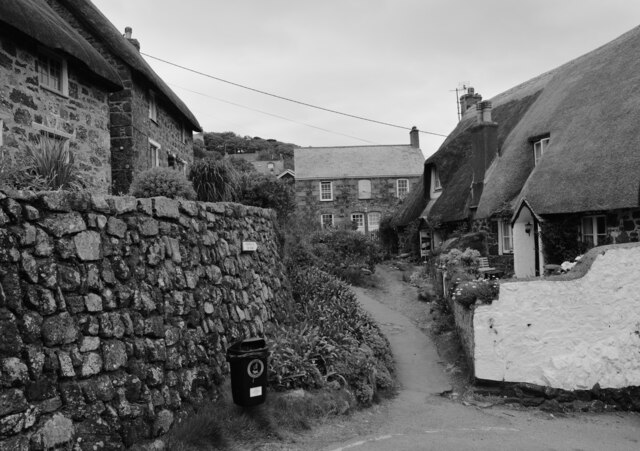
Polbream Point is a stunning coastal marsh located in Cornwall, England. Situated near the village of St. Martin, it is a designated Site of Special Scientific Interest (SSSI) due to its nature conservation value. The area is characterized by its extensive salt marshes and saltings, creating a unique and diverse ecosystem.
The marshes at Polbream Point are a result of the constant interaction between the sea and the land. The tidal influence has created a dynamic environment that supports a wide range of plant and animal species. The salt marshes are dominated by vegetation such as sea lavender, sea aster, and glasswort, which are specially adapted to tolerate the high salt levels in the soil.
The area is also home to a variety of bird species, making it a popular spot for birdwatching enthusiasts. Breeding birds like reed warblers, reed buntings, and sedge warblers can be spotted in the summer months, while winter visitors include ducks, geese, and wading birds.
Polbream Point offers breathtaking views of the coast, with its rolling sand dunes, mudflats, and saltwater lagoons. The area is a haven for wildlife, with numerous species of insects, amphibians, and small mammals thriving in the marshlands.
Access to Polbream Point is possible via a network of footpaths that traverse the site. Visitors are encouraged to follow the designated trails to minimize disturbance to the delicate ecosystem. Interpretive boards and information panels are strategically placed to educate visitors about the unique flora and fauna found in the area.
Overall, Polbream Point is a remarkable coastal marsh that showcases the beauty and importance of preserving these fragile ecosystems for future generations to enjoy.
If you have any feedback on the listing, please let us know in the comments section below.
Polbream Point Images
Images are sourced within 2km of 49.999117/-5.169228 or Grid Reference SW7215. Thanks to Geograph Open Source API. All images are credited.
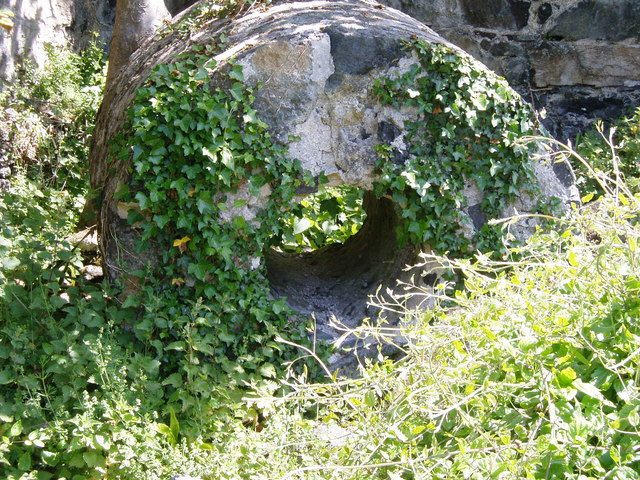




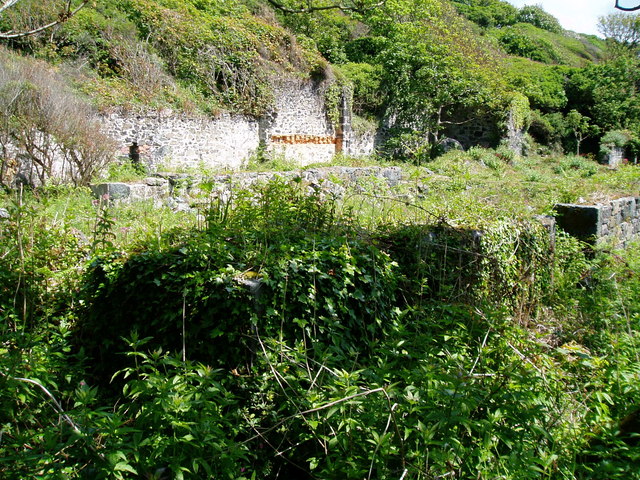
Polbream Point is located at Grid Ref: SW7215 (Lat: 49.999117, Lng: -5.169228)
Unitary Authority: Cornwall
Police Authority: Devon and Cornwall
What 3 Words
///haircuts.bonus.fetching. Near Landewednack, Cornwall
Nearby Locations
Related Wikis
Poltesco
Poltesco is a hamlet and valley in the parish of Grade-Ruan, on the Lizard Peninsula, Cornwall, UK. The lower part of the valley is owned by the National...
Kuggar
Kuggar (Cornish: Koger) is a hamlet in the parish of Grade-Ruan in Cornwall, England. Kuggar, within the Cornwall Area of Outstanding Natural Beauty (AONB...
Kennack Sands
Kennack Sands is a beach and sand-dune system on the east coast of the Lizard Peninsula, Cornwall, England, UK. == Geography == The beach is approximately...
Grade–Ruan
Grade–Ruan is a civil parish on the Lizard peninsula in Cornwall, England, United Kingdom, approximately ten miles (16 km) south of Falmouth. It is a rural...
Nearby Amenities
Located within 500m of 49.999117,-5.169228Have you been to Polbream Point?
Leave your review of Polbream Point below (or comments, questions and feedback).
